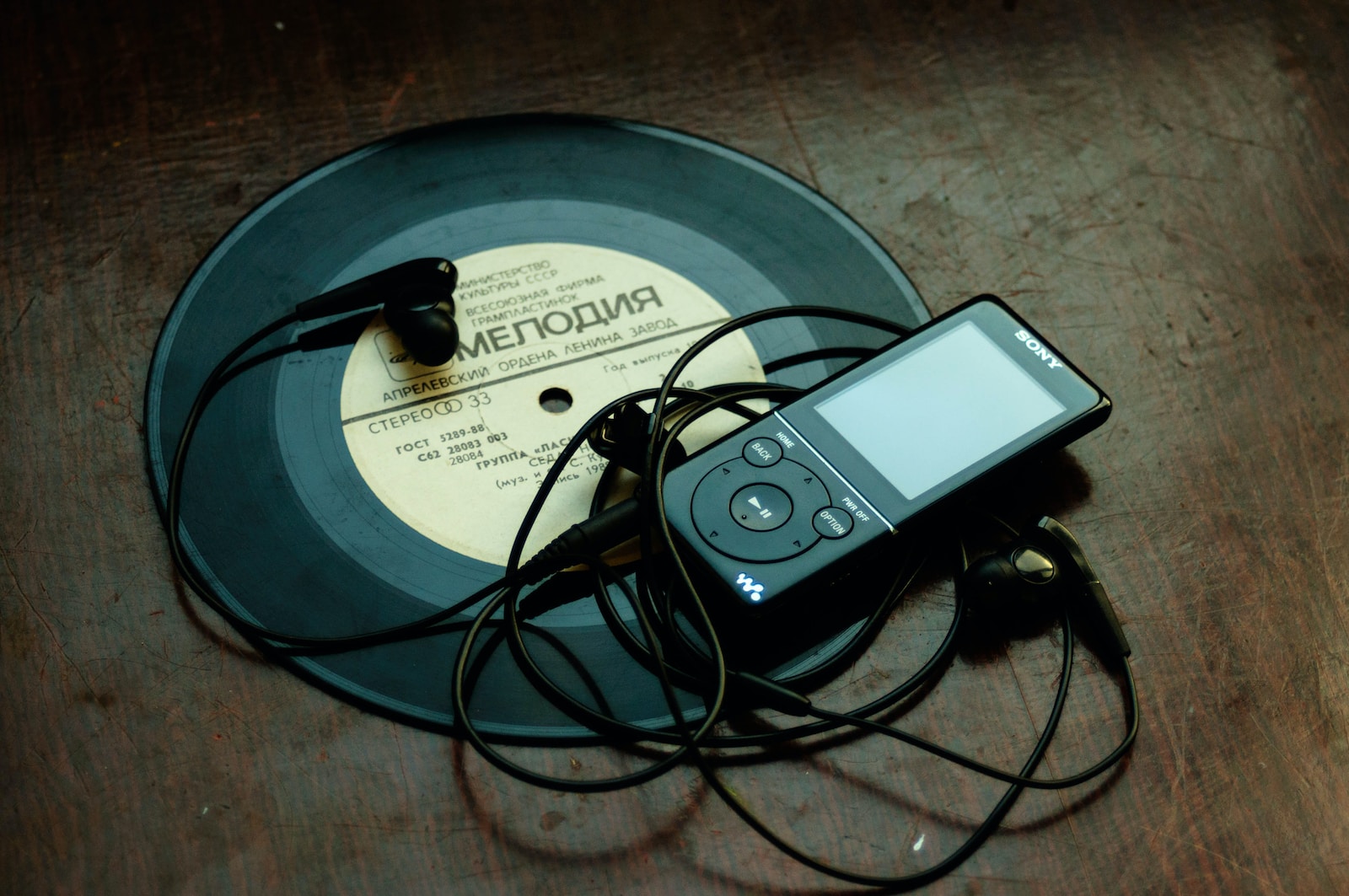 When it comes to HiFi audio, there are two main types of audio files: lossless and compressed.
When it comes to HiFi audio, there are two main types of audio files: lossless and compressed.
Lossless audio files, as the name implies, are audio files that retain all the original data that was recorded in the studio. These files offer the highest possible sound quality and are often preferred by audiophiles. Common examples of lossless audio formats include FLAC, ALAC, and WAV. These files can be quite large, with high-quality albums often exceeding 1GB in size.
Compressed audio files, on the other hand, are audio files that have been compressed to reduce the file size. This is typically achieved by removing some of the data from the original recording. The most common compressed audio format is MP3, but there are also other formats like AAC, OGG, and WMA. The amount of data removed from the original recording can vary depending on the compression level used. The higher the compression level, the smaller the file size but also the lower the audio quality.
While compressed audio files are convenient and take up less storage space, they do come with a trade-off. The audio quality is compromised, and the listener may experience a loss of detail, dynamic range, and overall fidelity. This can be particularly noticeable when listening to music on a high-end audio system, where every nuance of the recording is amplified and exposed.
In contrast, lossless audio files offer the highest possible sound quality and are a popular choice for audiophiles who want to enjoy music in its purest form. These files retain all the data from the original recording, resulting in a more detailed, dynamic, and lifelike sound.

One thing to be aware of:
If a compressed audio file, such as an MP3, is converted back to a lossless format, like FLAC or WAV, the file will technically be lossless, but it will not regain the audio quality that was lost during the compression process into MP3 in the first place.
When a file is compressed to a lossy format like MP3, some of the audio data is removed, which results in a loss of audio quality. When this compressed file is converted back to a lossless format, the data that was lost during the compression process is not recovered. This means that the resulting lossless file will have the same quality as the original compressed file, and will not have the same sound quality as a true lossless file.
This is because lossy compression removes audio data that is considered to be inaudible or redundant. Once that data is removed, it cannot be recovered. Converting the file back to a lossless format will not recreate the lost data, resulting in a file with a lower quality than a true lossless file.
In conclusion, lossless audio files are the preferred choice for HiFi audio enthusiasts who want to experience the highest quality sound possible. While compressed audio files may be more convenient, they come with a trade-off in terms of audio quality, which can be noticeable on high-end audio systems.










































































































